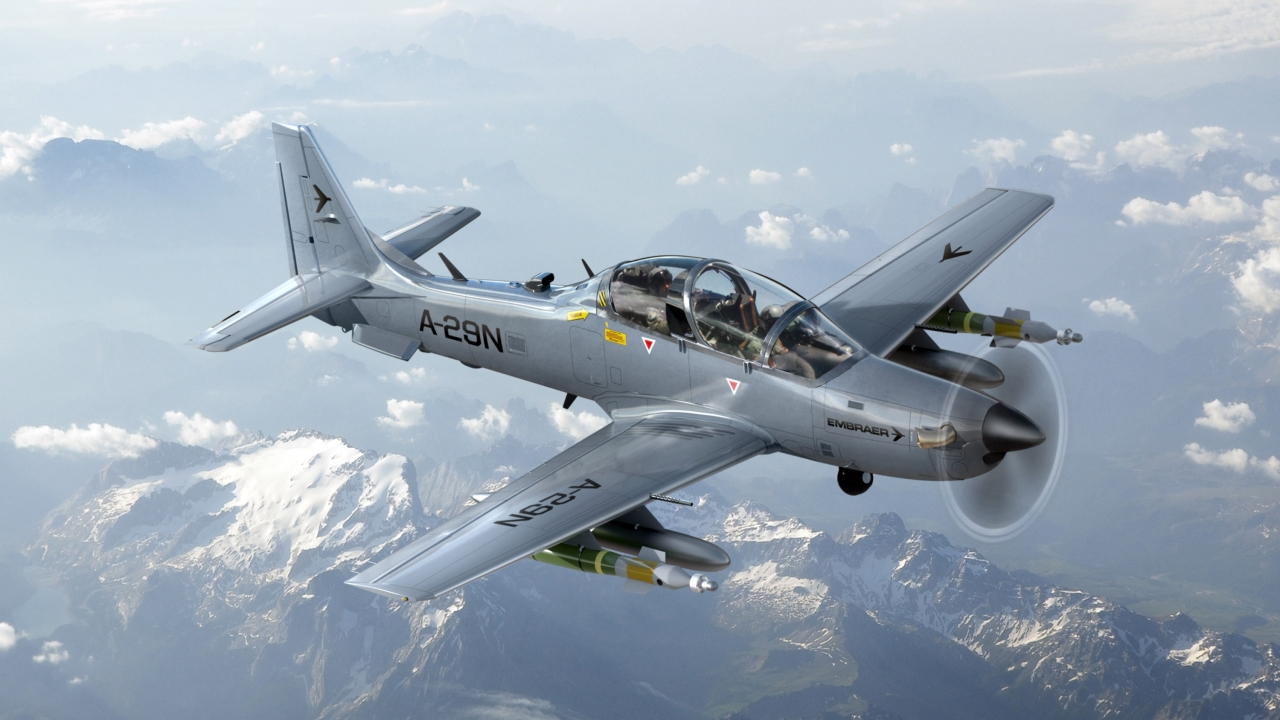UAE in the swing with GlobalEye
Saab unveiled its new GlobalEye swing role surveillance system (SRSS) aircraft during two days of ceremonies at Linköping, Sweden. The first day was closed, but was attended by a UAE delegation. Jon Lake reports.

In a recorded address played on the second day of the roll-out, Major General Staff Pilot Ibrahim Naser Al Alawi, chief of the UAE Air Force, described the GlobalEye as a ‘strong force multiplier’ and added: “It’s such a powerful system and will save you platforms, manpower and cost.”
The GlobalEye SRSS was specifically developed for the UAE, which Sebastian Carlsson, Saab senior vice president and head of group communications, described as a “well committed customer with a far-reaching vision”.
The UAE Air Force announced a $1.27 billion order for two GlobalEyes at the Dubai Air Show in 2015, becoming the launch customer for the type. A $236 million order for a third aircraft was announced at IDEX on January 4 2017.
Saab had previously signed a November 2009 contract for two former Swedish Air Force Saab S 100B Argus aircraft. These were equipped with the original Erieye radar and provided the UAE with an interim air surveillance capability. Deliveries took place in August 2010 and April 2011. They are operated in a minimally manned configuration with a single radar technician in the cabin, and no on-board operators.
The new GlobalEye is an evolution of the Erieye airborne surveillance system, with a similar phased array radar mounted in a plank-like ‘skibox’ radome. This unconventional configuration allowed Saab to use an antenna that was about the same size as that carried by an E-3 Sentry, but on a much smaller, cheaper and more economic aircraft platform.
The Global 6000-based GlobalEye has an endurance of more than 11 hours, and the aircraft’s overall performance and crew comfort make it ideally suited for special mission specifications, with very low cabin noise levels and a 3,500ft cabin altitude. The spacious cabin can accommodate five multi-role operator workstations.
Saab claims that the GlobalEye represents the world’s first multi-role and swing-role airborne surveillance system. It is based on the advanced Erieye extended range (ER) radar that is capable of operating in air-to-air, air-to-ground and maritime modes.
Ground/tower-based testing with the AESA Erieye ER is already at an advanced stage in Gothenburg.
“We have made substantial enhancements to the system,” reported Erik Winberg, a senior director in Saab’s airborne surveillance division. He said that the new radar offered a 70% improvement in range performance when compared to its predecessor, thanks to the use of new technology – including gallium nitride transmit/receive modules.
The GlobalEye uses this longer-range performance to provide superior detection and tracking performance against the most challenging targets, and also to operate at greater stand-off range to enhance survivability. It is equipped with a new command and control (C2) suite and can incorporate additional sensors that enhance its overland and overwater capabilities.
The aircraft also features the Leonardo Seaspray 7500E X-band maritime surveillance radar, which also has synthetic aperture radar and ground moving target indication modes. A FLIR Systems Star Safire 380 HD electro-optical turret is installed below the nose.
There is currently no domestic Swedish Armed Forces requirement for the GlobalEye, and Saab is aiming the aircraft at the export market.
Lars Tossman, head of airborne surveillance systems, said the company already has a customer base of eight countries – the biggest in the world. Erieye systems are in service in Brazil, Greece, Mexico, Pakistan, Saudi Arabia (coyly referred to by Saab as ‘country X’), Sweden, Thailand and the UAE. Tossman claimed interest from nations in Asia, Europe and Latin America.
Saab is modifying ‘green’ Global 6000 airframes in Linköping under a supplemental type certificate. To turn a Global 6000 into a GlobalEye requires a great deal of engineering modification to allow the installation of mission systems, sensors, electronic warfare and self-protection systems.
The wings and airframe are strengthened and an extended tailfin and finlets are fitted. Ventral strakes are also installed beneath the rear fuselage, and the aircraft has additional power and cooling equipment.
All three UAE aircraft have started the conversion process at Linköping, though Saab repeatedly declined to provide details of the planned first flight date, the expected duration of the flight test campaign or the planned delivery schedule.
Stay up to date
Subscribe to the free Times Aerospace newsletter and receive the latest content every week. We'll never share your email address.

